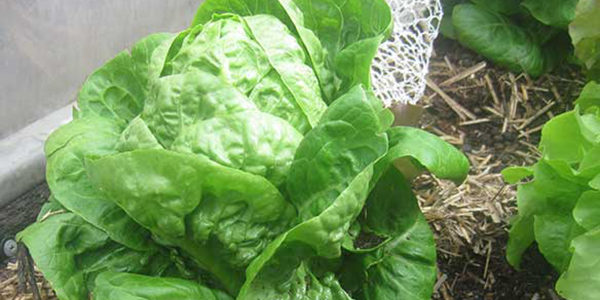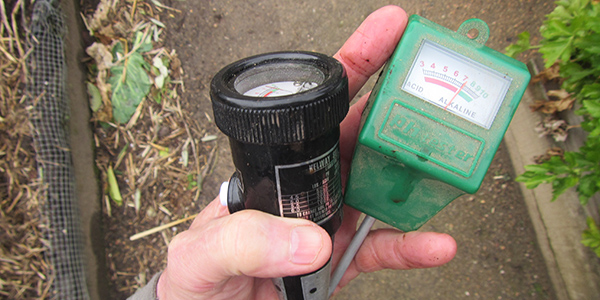When planting seeds it is a good practice to plant double the recommended number of seeds in a given area to allow for seeds that fail to germinate or are eaten by predator’s. Below is a step by step guide on how to plant large seeds such as peas, beans and corn.
A PLANT SEEDS AT HALF THE RECOMMENDED DISTANCE

Plant the seeds at half the distance recommended on the seed packet and at a depth outlined in the Seed Planting Depths section.
B MONITOR THE SEEDLINGS AS THEY GROW
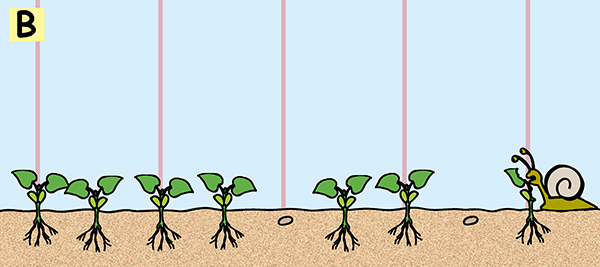
As the seeds develop into seedlings some will not germinate and some may be eaten or damaged by pests.
C REMOVE TOO CLOSELY SPACED SEEDLINGS AND FILL GAPS
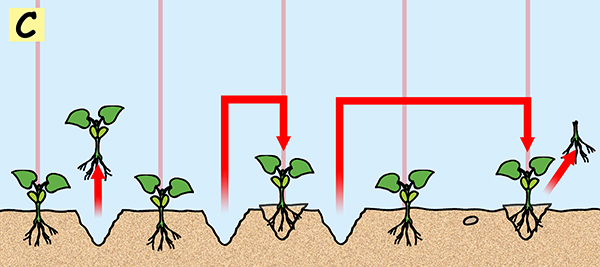
When the seedlings are six to eight centimetres high thin out to the desired spacing for the mature plants. If there are gaps in your row caused by seeds that didn’t germinate or plants eaten by pests then transplant some of your unwanted seedlings to these gaps. Note that large seeds do not transplant easily. When transplanting take as large a section of soil around the seedling to be moved to ensure that there is minimal damage to root structure.
D ALLOW CORRECLY SPACED PLANTS TO GROW ON
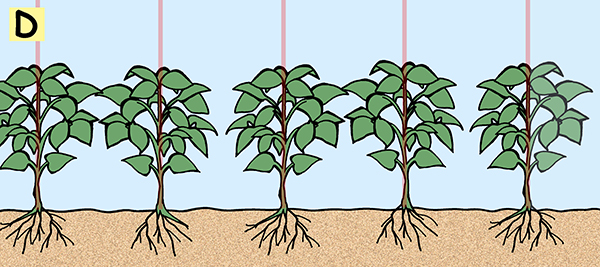
By the time the seedlings have matured into adult plants they should be evenly spaced at the correct distance with no gaps in the line.
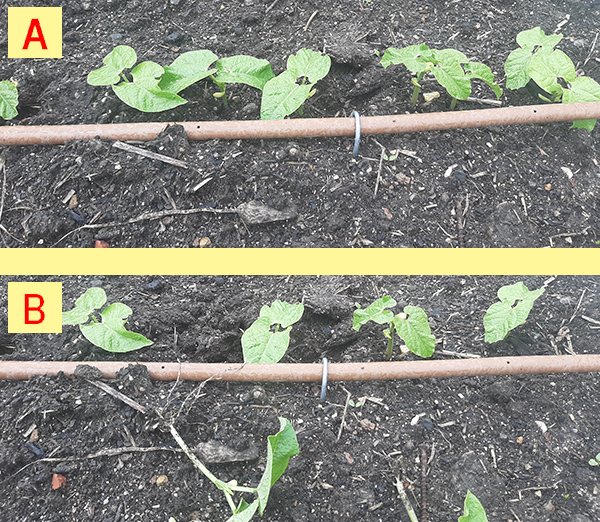
A: Bean seedlings before thinning, some of them are too close together. B: Seedlings after thinning. The discarded seedlings are left as decoy seedlings to lure slugs and snails away from the remaining seedlings.
While some gardeners might think that planting double the amount of seeds than thinning to the correct number is a waste of seeds I believe it is a bigger waste to have to replant a bed because not enough of the seedlings survived.



